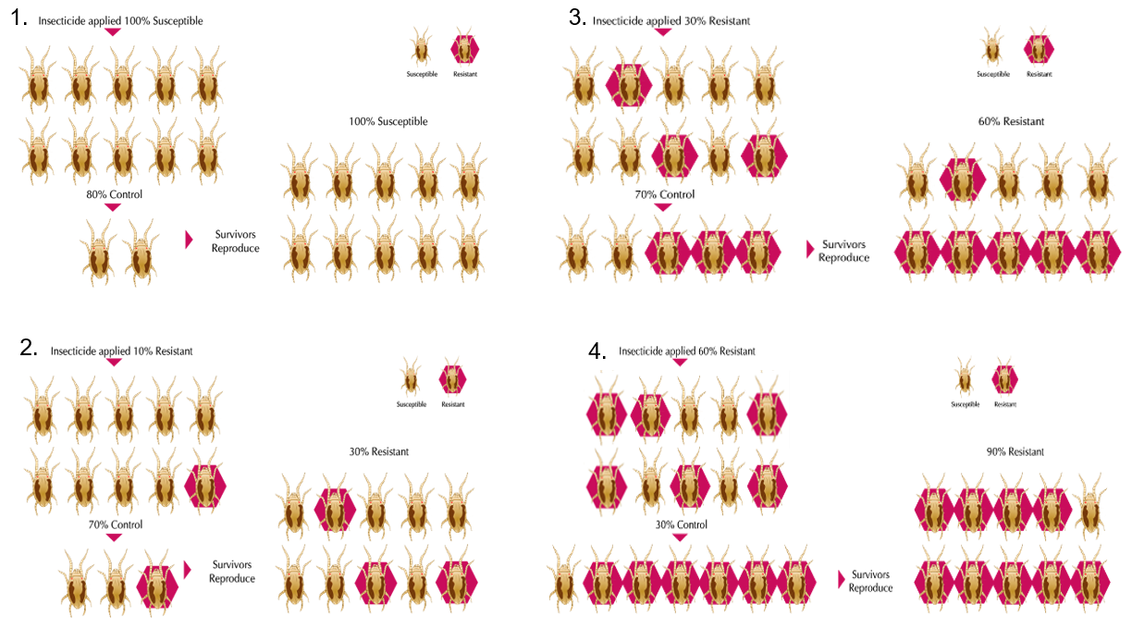Can I control pests in the future?
This week I’ve been thinking about pests and their future. We all know that pest are a big part of our lives and the ever shrinking “chemical toolbox” isn’t helping matters.
We get asked “why haven’t we got a new insecticide ready yet?” Believe me when I say, we, and the rest of the industry, are trying. Corteva are there with their Isoclast chemistry but this can’t be a one stop shop answer to our prayers.
The emptying toolbox
With the remaining chemistry we have at our disposal, the risk of building resistance is becoming ever closer to reality. Those of you familiar with blackgrass in arable crops will know all too well that in places, it’s resistant to nothing by glyphosate and we all know the direction that is going in. Atlantis is a great product and has done wonders for crops all over the world, but over-use has seen a steady build-up of resistance and it’s not just herbicides.
Another arable casualty is oilseed rape. In areas around our office in Cambridge, pollen beetle has built up resistance to neonic products, which now doesn’t matter as they have been removed, but it means that OSR just can’t be grown in certain places.
So the question I’m asking this week is “what is resistance and how can you avoid it?”
Getting technical, the Insecticide Resistance Action Committee (IRAC) define it as:
A heritable change in the sensitivity of a pest population which is reflected in the repeated failure of a product to achieve the expected level of control when used according to the label recommendation for that test species.
Or:
When a population of insects can no longer be controlled by a dose of insecticide which in the past would have provided effective control.
Or:
When crop protection products just stop working. (Glenn Kirby, 2019)
In our last blog we talked about thrips. In small pests, like thrips that have short lifecycles, resistance can develop more easily than other pests such as caterpillars.
Most importantly, how can you avoid resistance?
- When using products on a regular basis, alternate with other modes of action
- Work with beneficial insects with an IPM programme
- Ask your supplier which modes of action work together
How do you know if you have a resistant population?
- Only a portion of the population is killed by the insecticide (susceptible individuals)
- A portion of the population must survive the selective agent (resistant individuals)
- Survivors are reproduce and pass the trait to next generation
How resistance builds up over time
Below is hopefully an easy to understand pictoral demonstration of how resistance builds up in pests. Either way, resistance build up is something no one wants to contemplate.

Facebook: Syngenta Ornamentals UK
Instagram: syngenta_ornamentals
Twitter: @SyngentaOCUK
YouTube: Syngenta Ornamentals UK
